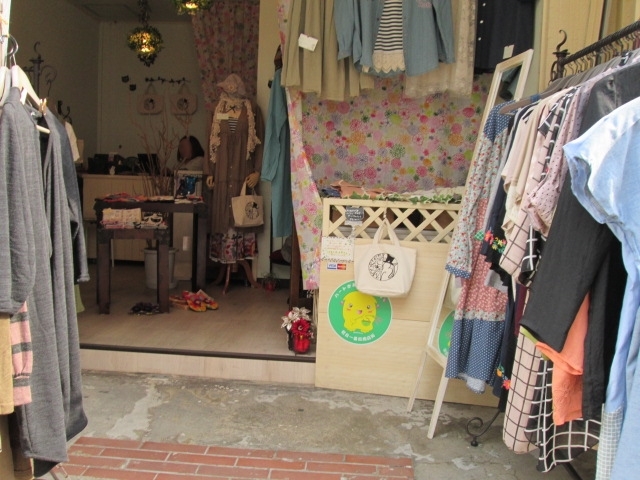連結する機械の要素がいくつかある。
ほぼ同じ大きさと形のブロック。
なので、レンガのように並べて配置できる。
ひとつの受信面があり、そこから入力した情報は
内部で加工され、別の送信面から出力される。
それらを組み合わせ、さらに連結させることによって
まとまりある機械を各種、簡単に作ることができる。
そんな難しそうなことを考えていたら
異国の知人が店に現れ、古着を売ろうとする。
どういうことかというと、つまり自分は
リサイクルショップの店員、またはオーナー。
暇だったので、レジ前で妄想していたのだ。
さてさて、ショーバイ商売。
だが、古着の扱いを決めかねる。
単品では売れまい。
古着を集め、袋に入れ、一つの商品にする。
これと同じ袋をいくつも作る。
それら袋を集め、さらに大きな袋に入れ
また一つの商品にする。
「あんた、そんなこと繰り返してたら、大変だよ」
異国の知人がオーバーアクションで呆れる。
いや、もっともだ。
自作自演。
Handling of Used Clothing
There are several mechanical elements to connect.
Blocks of approximately the same size and shape.
So I can arrange them side by side like bricks.
There is one receiving surface,
and the information input from it is processed internally
and output from another transmitting surface.
By combining them and further connecting them,
various kinds of cohesive machines can be easily made.
When I was thinking about such a difficult thing,
a foreign acquaintance appeared in the store
and tried to sell second-hand clothes.
What that means is that
I was a thrift shop clerk or owner.
I was free, so I was delusional
in front of the cash register.
Well, making money, doing business.
However,
I cannot decide how to handle used clothes.
It does not sell separately.
I collect used clothes, put them in bags,
and make them into one product.
I make many of the same bags.
I collect those bags, put them in bigger bags,
and make them into one product.
"You, if you repeat that, it's hard."
A foreign acquaintance was amazed
by the overaction.
I agree. That's right.